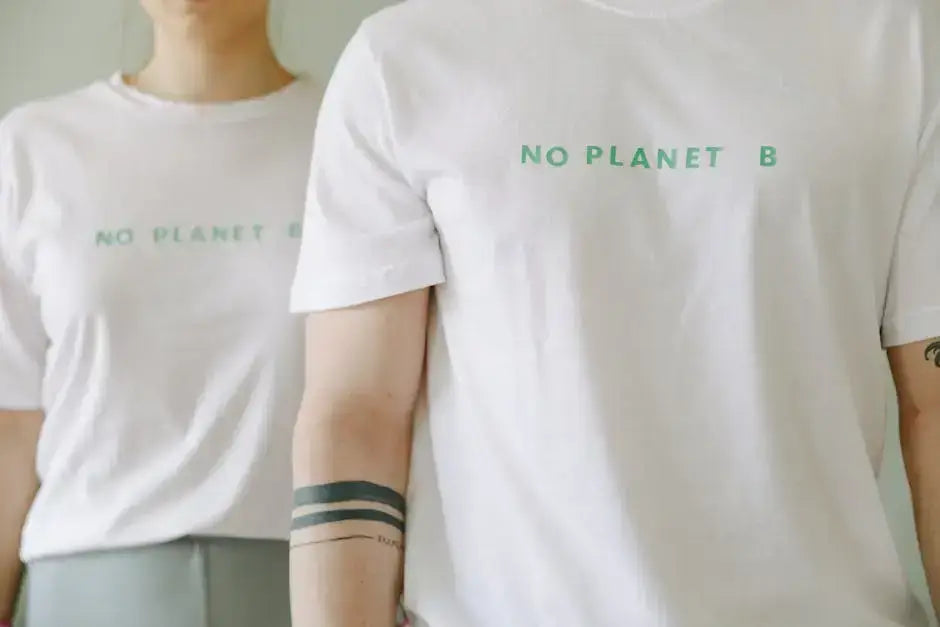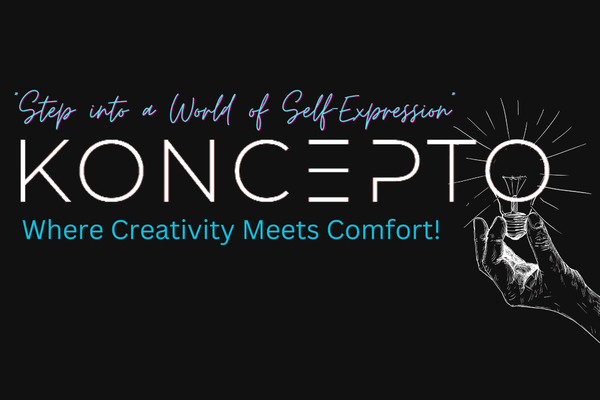
Which Design Placement, Front or Back, Is More Popular?
Share
When it comes to custom apparel, one of the key decisions is where to place your design. Should it be on the front or the back? In this blog, we’ll explore the factors that determine which design placement is more popular.
Understanding the Purpose of Your Design
Consider what message or theme you want your design to communicate. Is it meant to be bold and immediately noticeable or more subtle and intriguing? Front designs are ideal for conveying messages that need to be noticed quickly and effectively. They are perfect for brand logos and promotional statements because they align directly with the wearer’s eye level and meet the viewers head-on.
On the contrary, back designs allow for more extensive storytelling. They offer more space, making them a preferred choice for detailed illustration or textual information. Concert t-shirts, for example, often utilize the back to display tour dates and locations, making use of the larger canvas to capture detailed graphics and extensive textual content.
Analyzing Front Placement Benefits
Front prints are great for logos or text that need to catch attention quickly. They work well for branding and promotional purposes where initial impact is crucial. This placement is particularly favored by companies and organizations aiming to reinforce brand visibility at a glance. A well-positioned front print can serve as an instant conversation starter and promote brand identity effectively.
Incorporating a front design allows for easy visibility even when worn beneath jackets or other layers, making it the flexible choice for apparel that is likely to be layered. ScreenPrinting.com provides insights into the size and alignment of front designs, emphasizing a balance between visibility and aesthetic appeal. These designs should be placed thoughtfully to avoid direct overlap with necklines or shoulder seams.
Evaluating Back Placement Advantages
Back designs offer a larger canvas and are often favored for detailed artwork or messaging meant to be viewed at length, such as concert or event details. This placement maximizes space and allows for complex designs that tell a story or share information more comprehensively.
Beyond just the size advantage, back designs provide the opportunity to create decorative and dynamic styles that can extend a visual narrative or brand theme. They’re ideal for casual wear where the shirt may speak as the centerpiece of the outfit, drawing attention from behind and encouraging onlookers to perceive the design in its entirety as the wearer moves. Detailed imagery or artwork is well-suited here, capturing and holding attention while allowing creativity to express freely.
For retailers like Koncepto, utilizing the back of a shirt to fully express intricate car designs or heritage pieces allows an intertwining of fashion and automobile culture, creating a rich tapestry of visual storytelling.
Considering Practicality and Visibility
Think about the typical scenarios in which the apparel will be worn. In crowded places, a front design might be more visible, while in casual settings, a back design might shine brighter. Back designs are often used in environments where viewers have the opportunity to notice and examine them as they follow the wearer.
Apparel intended for promotional use or branding should weigh practical visibility. A front design is especially advantageous in professional settings or crowded gatherings where initial engagement is key. As pointed out in the T-shirt Design Placement Guide, the choice should complement both the design’s message and the audience’s visual engagement. Items designed for social events or concerts can take advantage of a fuller back canvas to capture intricate artwork and detailed text that transforms the garment into a mobile canvas.
However, as you think practically, consider the added cost of additional placements. Each added print placement escalates production costs. Balancing visibility and budget efficiently plays a significant role in determining the final design choice that best suits your needs without compromising quality or impact.
Exploring Trends and Preferences
Trends can heavily influence design choices. While some years see a surge in front prints, others might favor back placements. Consider the current style preferences of your target audience.
Incorporating societal trends and popular culture into t-shirt design can make or break the final product’s reception. For instance, layered synthesis that includes small front designs with larger companion back graphics has grown popular in streetwear, appealing to youthful markets. These combinations attract customers seeking garments that allow dynamic styling options.
As styles fluctuate, maintaining awareness of how fashion preferences evolve is key. Keeping updated with anticipated fashion trends could provide inspiration for blending classic car culture and fresh, innovative visuals, further leveraging trends in both fashion and design. This continuous evolution of style could range from understated and minimalist expressions on the front to expressive, detailed back canvases that capture artistic movements.
Final Thoughts
Ultimately, the decision between front or back design placement depends on personal preference, the message you’re trying to convey, and the nature of the event or context. Both placements have their advantages and cater to different needs. If you’re ready to customize your wearable art, explore our page for the latest in trends and styles.

